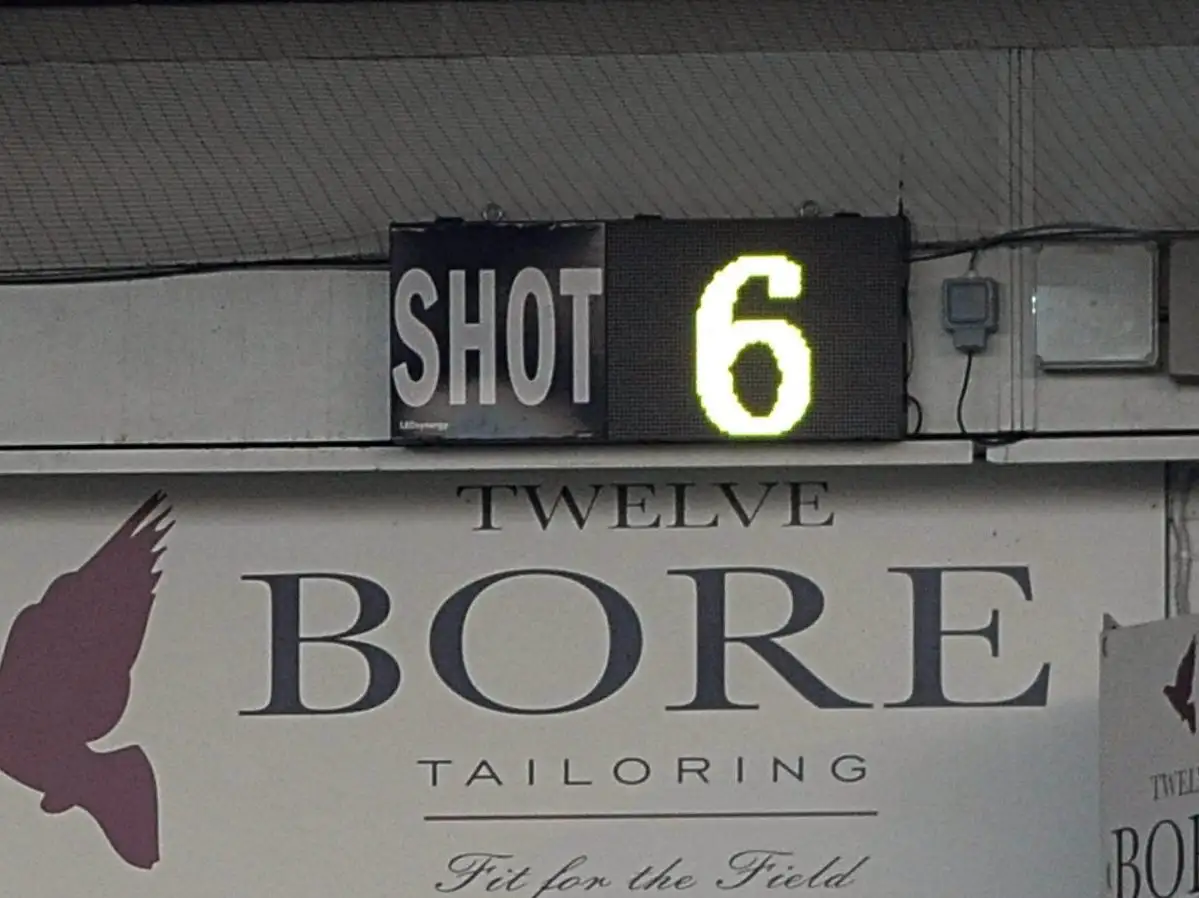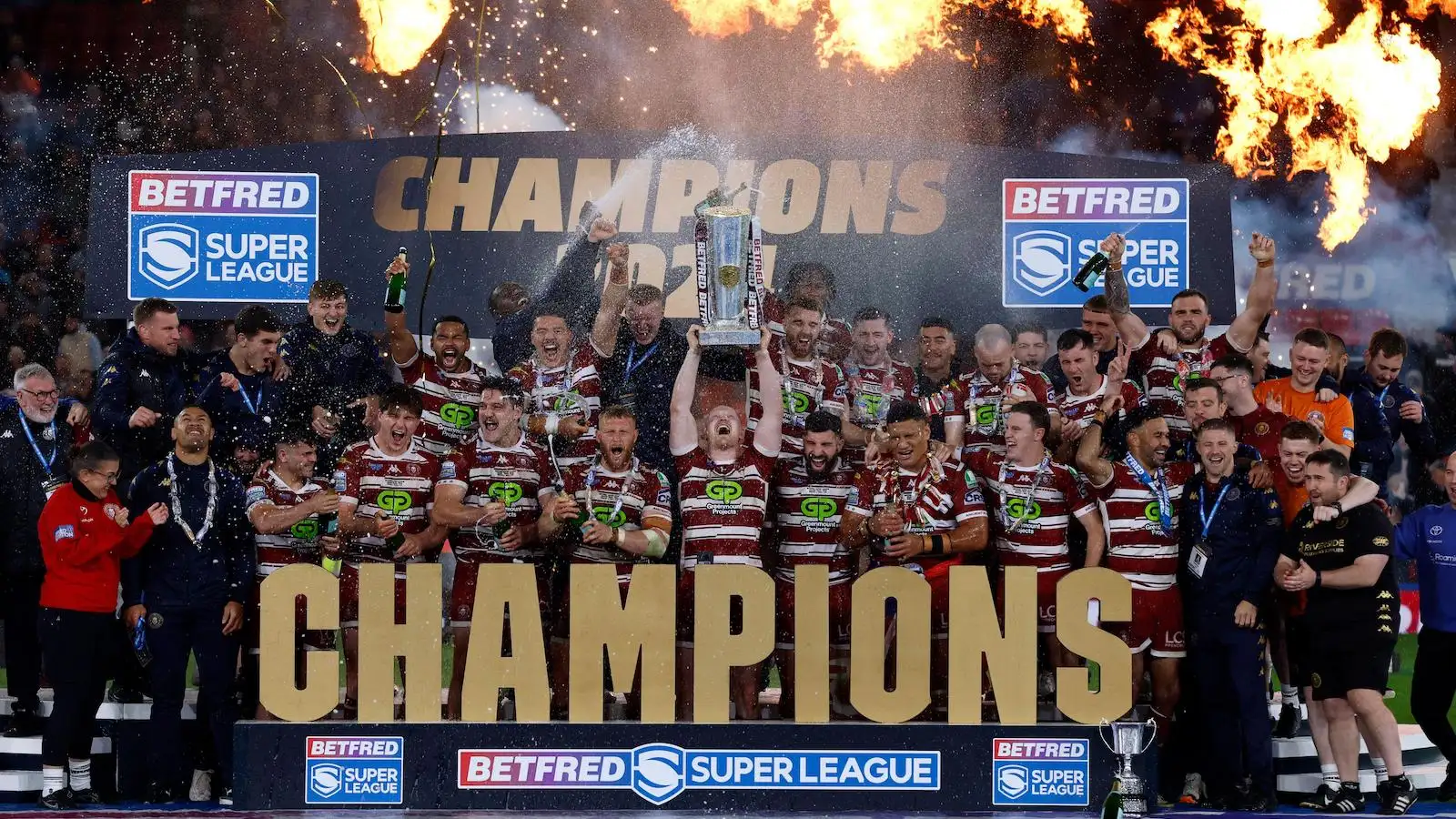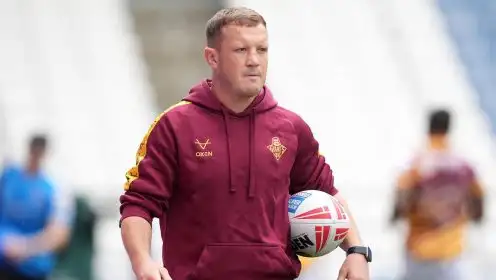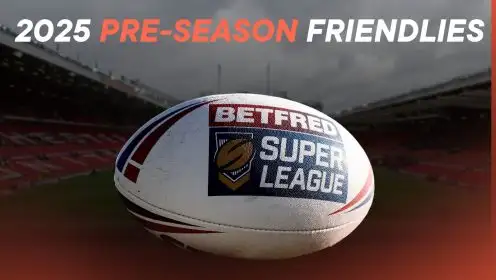Super League shot clock reduced to speed games up further

Leeds Rhinos v Castleford - Sunday 20 January
After its successful introduction last season, the shot clock timings will be reduced further for the 2020 season.
Statistics from the 2019 season show that even in games with fewer and shorter stoppages, there were significantly more passes, tackles, offloads, line breaks and tries – all adding to the entertainment for spectators and viewers.
That came after a number of rule changes had been introduced last winter including a reduction in the number of interchanges for each team from 10 to 8, the introduction of Golden Point Extra Time – and most relevantly, the arrival of the Shot Clock at all Betfred Super League stadia giving teams 35 seconds to restart the match from a scrum, and 30 seconds to take a drop-out.
In 2020, those restart restrictions have been tightened by five seconds in each case – meaning 30 seconds for a scrum, and 25 seconds for a drop-out.
Following the introduction of the Shot Clock, the average game time in 2019 fell by more than 5% from 95 minutes 59 seconds in 2018 to 90 minutes 47 seconds.
And there was even more action packed in – an average of 417 passes per match compared to 348 in 2018 (up by 20%); 650 tackles compared to 524 (up by 24%); 20 offloads compared to 16 (up by 25%); 12.5 breaks compared to 9.3 (up by 35%); and 7.7 tries per match compared to 6 (up by 27%).
The verdict of the viewing public has been positive, with 94% of fans in a Rugby Football League survey referencing the pace and intensity of the game as its greatest appeal, and 73% supporting or strongly supporting the introduction of the Shot Clock – in addition to increases in attendances and viewing figures that have already been announced.
The new, tighter Shot Clock restrictions will also operate outside Betfred Super League in the Betfred Championship and the Coral Challenge Cup, while referees will continue to manage time-keeping in Betfred League 1.
Super League executive chairman Robert Elstone said: “Three things give us the confidence to make changes and speed things up even more.
“Firstly, in 2019, the facts tell us the introduction of the shot clock was the right thing to do.
“It has made a significant, positive impact on the game, adding to intensity and providing our players with an even better platform to showcase their outstanding athleticism and skill.
“Secondly, fans tell us repeatedly that pace of play sets our sport apart and is a major factor in their enjoyment of the game.
“Finally, backed up by evidence from the NRL, and after watching our players watch the shot clock in action in 2019, it confirmed to us there was the scope to shorten times further.
“We’re confident these changes will build on the progress made in 2019.
“The action will get even quicker, the drama more intense and the unrelenting excitement of Super League will reach even greater heights.”



